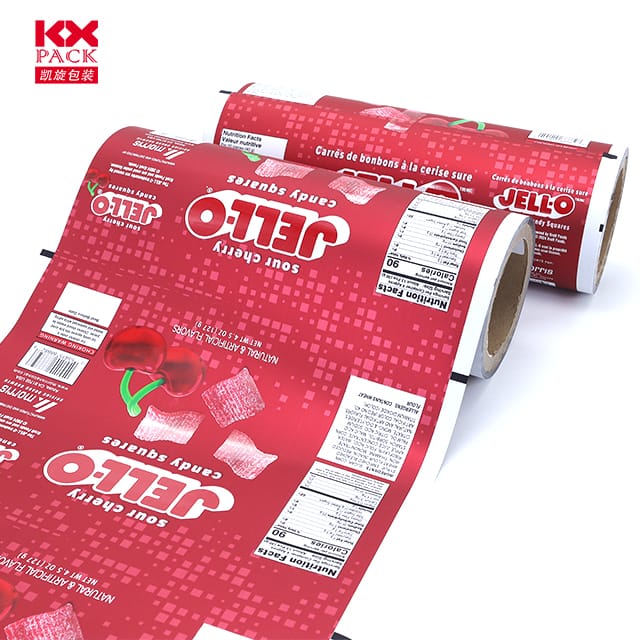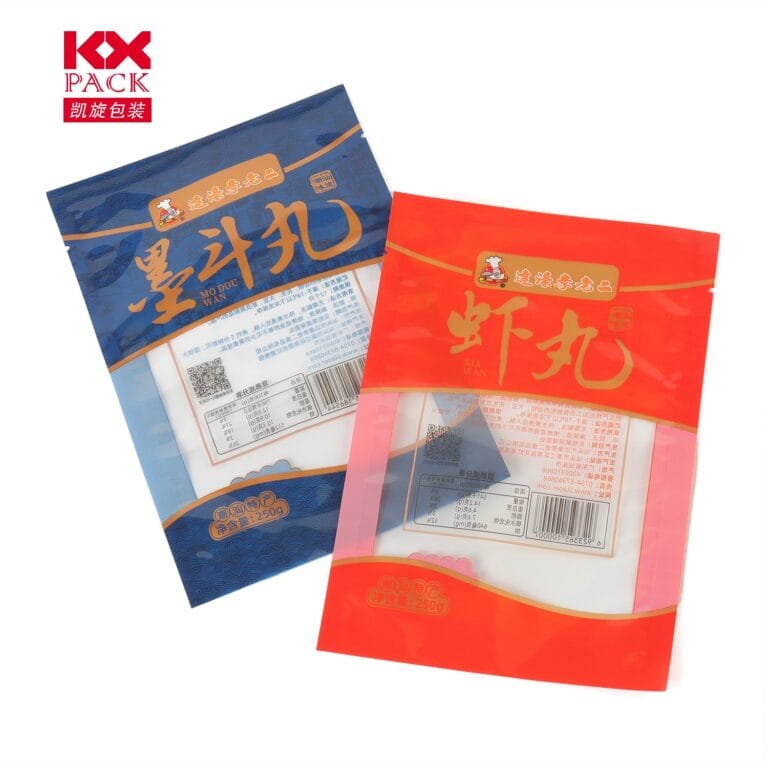Mbështjellës filmi ushqimor: Heroi i pashuar i efikasitetit dhe qëndrueshmërisë së kuzhinës
Mbështjellës filmi ushqimor
In kitchens worldwide, një transparent, Hero i ngjitur ruan qetësisht freskinë, parandalon mbeturinat, dhe përshtatet me kërkesat moderne të qëndrueshmërisë: mbështjellës filmi ushqimor (i njohur edhe si Plastik Wrap ose Cling Film). Ky element i përulur i kuzhinës ka evoluar nga një mjet komoditeti në një simbol të inovacionit - dhe polemika - ndërsa ne ekuilibrojmë prakticitetin me përgjegjësinë mjedisore. Let’s unravel the story of food film wrap, its role in daily life, and its future in a greener world.
The Origins: From Military Tech to Kitchen Drawer
Food film wrap’s journey began in the 1930s when a lab accident during cellophane production led to the discovery of polyvinylidene chloride (PVDC), a stretchy, moisture-resistant material. Initially used for military packaging, it entered civilian kitchens post-WWII asSaran Wrap, revolutionizing food storage. Its ability to create an airtight seal against containers and surfaces made it a must-have for busy households.
Over time, manufacturers introduced alternatives like polyethylene (PE) and biodegradable films, catering to eco-conscious consumers. Sot, food film wrap is no longer just a single-use plastic—it’s a category of solutions designed for versatility and sustainability.
Pse e duam: The Practical Perks
- Freshness Preservation: By blocking air and moisture, food film wrap extends the shelf life of leftovers, fruta, dhe djathrave, zvogëlimin e mbeturinave të ushqimit (and grocery bills).
- Hygiene Hero: It acts as a barrier against bacteria and odors, keeping refrigerators clean and cross-contamination at bay.
- Versatility Unmatched: From wrapping sandwiches for lunchboxes to covering dough during proofing, its clingy nature molds to any shape.
- Space-Saving: Unlike bulky containers, film wrap flattens easily, optimizing fridge and pantry space.
The Environmental Dilemma: Komoditeti vs. Planet
Megjithë përfitimet e saj, traditional food film wrap has a dark side. Most varieties are non-recyclable and take centuries to decompose, contributing to plastic pollution in oceans and landfills. Plastikë me përdorim të vetëm, including film wrap, face growing scrutiny as governments and consumers demand eco-friendly alternatives.
This has sparked innovation:
- Filma të biodegradueshëm: Prodhuar nga materiale me bazë bimore si misri i misrit, these break down in compost within months.
- Reusable Options: Mbulesat e ushqimit silikoni, Përfundimet e dyllit të bletëve, and fabric bowl covers offer durable, washable alternatives.
- Filma ushqimor: Researchers are developing edible coatings from seaweed or starch to wrap produce directly.
E ardhmja: I zgjuar, I qëndrueshëm, and Circular
The next generation of food film wrap aims to merge functionality with planetary health:
- Filma të zgjuar: Embedded with sensors to detect food spoilage or release natural preservatives.
- Circular Design: Films made from recycled plastics or designed for easy recycling.
- Zero-Waste Kitchens: Brands are promoting “refill stations” for bulk film rolls to cut packaging waste.
How to Make Smarter Choices Today
While the industry adapts, consumers can take action:
- Zgjedhin për ripërdorime: Invest in silicone lids or beeswax wraps for daily use.
- Ricikloni djathtas: Check local guidelines—some areas accept clean, dry PE film at grocery drop-off points.
- Zvogëloj përdorimin: Store leftovers in glass containers or mason jars instead.
- Support Innovation: Choose brands experimenting with biodegradable or compostable options.
konkluzioni: A Tool in Transition
Food film wrap’s story mirrors our broader struggle with plastic. Once a symbol of modern convenience, it now represents the urgent need for sustainable innovation. While alternatives gain traction, traditional film wrap still plays a role in reducing food waste—a critical step in fighting climate change.
The key lies in mindful consumption: using film wrap only when necessary, opting for eco-friendly versions, and advocating for systemic change. Në fund të fundit, preserving food shouldn’t come at the cost of preserving our planet.
What’s your go-to food storage hack? Share your tips (or favorite reusable wrap brands) in the comments below!
Fjalë kyçe: mbështjellës filmi ushqimor, sustainable kitchen, plastic waste, biodegradable cling film, ruajtje ushqimore







